The Very Best Milk Alternative for Dairy-Free Baking
According to science, you’re making a mistake if you’re using anything else.


Gregory Kramer/Getty Images
Although I went to French culinary school where I was formally trained that cream and butter make everything better, I happen to have lots of lactose-intolerant friends. Needless to say, I soon got very good at dairy-free baking. And I’ve found that there’s a clear, superior plant-based milk. It all comes down to flavor and protein. Let me explain.
Technically, you can substitute any milk alternative for milk in a 1:1 ratio. Some options, like hemp milk or coconut milk, are not great because they’ll dominate the flavor of a baked treat. Bite into a muffin, and you don’t exactly want it to taste like hemp if that’s not what you’re going for. The ultimate goal for dairy-free baking is to create something that looks and tastes like it has dairy in it.
Among other milk alternatives like almond milk, soy milk and oat milk, soy milk is by far the best for baking. I learned this over the course of several years and many cookies, cakes, muffins and pies. Moreover, some people will tell you that you must swap full-fat coconut milk in for heavy cream or half-and-half. But when it comes to flavor and structure, I’ve found that soy milk is an even better substitute for heavy cream, despite it’s thinner consistency when you pour it from the carton.
Finally, I stopped to think about the science that might be backing up why soy milk performs the best in baked goods. And I realized that the whole reason people use milk in baking (instead of something like water), is its high protein content. Protein adds structure (i.e. causes desserts to be fluffy and gives them a delicate crumb) and encourages browning. Next, I compared the protein in 1 cup of different milk alternatives and learned that soymilk has way more protein. Compared to regular milk which has 8 grams of protein per cup, soymilk has practically as much – 7 grams of protein per cup. Coconut milk has just 5 grams of protein per cup and almond milk has a measly 1 gram.
I’d be remiss to discuss dairy-free baking without touching on butter, but that one is simple: I substitute in a non-dairy butter in a 1:1 ratio for regular butter. Easy-peasy. Now, go forth and start baking. May I recommend something from Our Official List of the Best Food Network Kitchen Desserts?
Related Links:

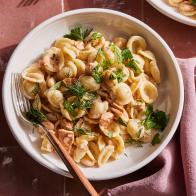
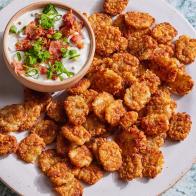
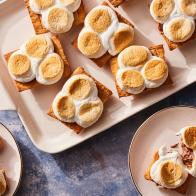
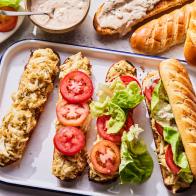









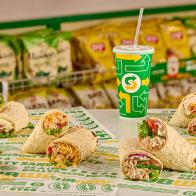
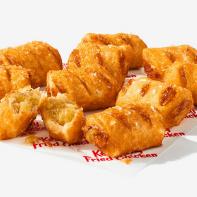
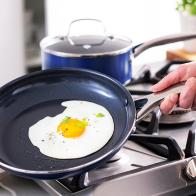

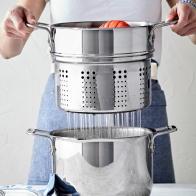





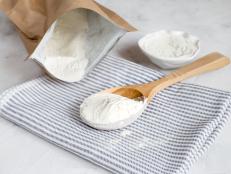

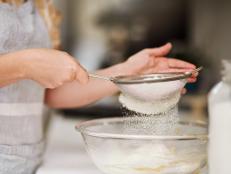
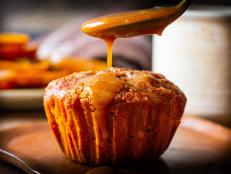
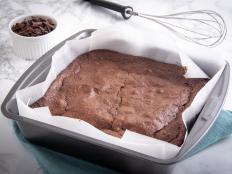
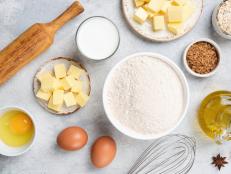
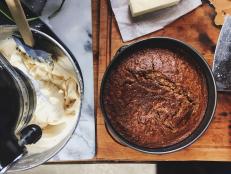

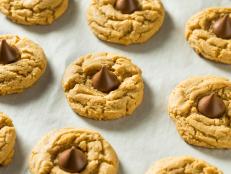
.jpg.rend.hgtvcom.231.174.suffix/1681323015319.jpeg)
